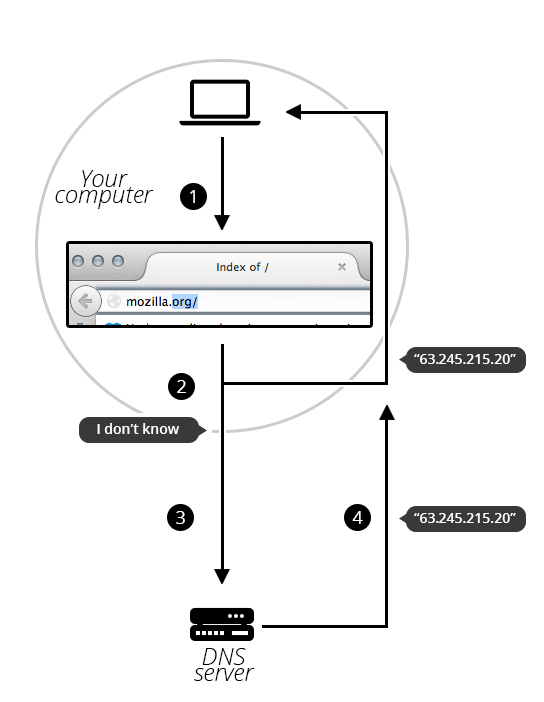- Published on
What is a Domain Name?
- Authors
- Name
- Full Stack Engineer
- @fse_pro

A domain name is a unique, human-readable label used to identify a website on the internet. As experienced programmers, it's important to have a solid understanding of domain names and their role in web communication. In this technical guide, we will explore the concept of domain names, explain relevant concepts, and provide clear explanations using TypeScript code samples.
What is a Domain Name?
Structure of a Domain Name
A domain name consists of two or more labels separated by periods. For example, in the domain name "example.com," "example" is the second-level domain, and "com" is the top-level domain (TLD). The TLD represents the highest level in the domain name hierarchy.
Domain names are organized hierarchically, with the root domain at the top, followed by TLDs, second-level domains, and potentially subdomains. The structure allows for easy identification and categorization of websites on the internet.
DNS and Domain Name Resolution
When a user enters a domain name in a web browser, the browser initiates a Domain Name System (DNS) resolution process to translate the domain name into an IP address. DNS acts as a distributed directory that matches domain names to their corresponding IP addresses.
The DNS resolution process involves querying DNS servers to find the authoritative name server for the domain. The authoritative name server holds the IP address information associated with the domain name. Once the IP address is obtained, the browser can establish a connection with the server hosting the website.
TypeScript Code Sample: Resolving a Domain Name
Let's see an example of resolving a domain name into an IP address using DNS in TypeScript:
import dns from 'dns'
const resolveDomain = (domain: string) => {
dns.resolve4(domain, (err, addresses) => {
if (err) {
console.error('DNS resolution failed:', err)
return
}
console.log(`IP addresses for ${domain}:`, addresses)
})
}
resolveDomain('example.com')
Domain Name Registration
To use a specific domain name, it needs to be registered with a domain registrar. Registrars are organizations authorized to manage domain name registrations. Users can register domain names for a specific period, usually in yearly increments, and renew the registration as needed.
Domain name registration requires providing contact information and paying the registration fee. It's essential to choose a reliable registrar and keep the registration information up to date to ensure continued ownership of the domain name.
Conclusion
To further deepen your understanding of domain names, here are some top resources worth exploring:
- ICANN: The Internet Corporation for Assigned Names and Numbers (ICANN) is the organization responsible for coordinating domain names and IP addresses globally.
- RFC 1034 and RFC 1035: These Request for Comments (RFC) documents provide the original specifications for domain names and DNS.
- How DNS Works: Cloudflare's comprehensive guide explains how DNS works in detail.
Now that you have a solid understanding of domain names, you can effectively manage domain registrations, troubleshoot DNS-related issues, and build robust web applications.